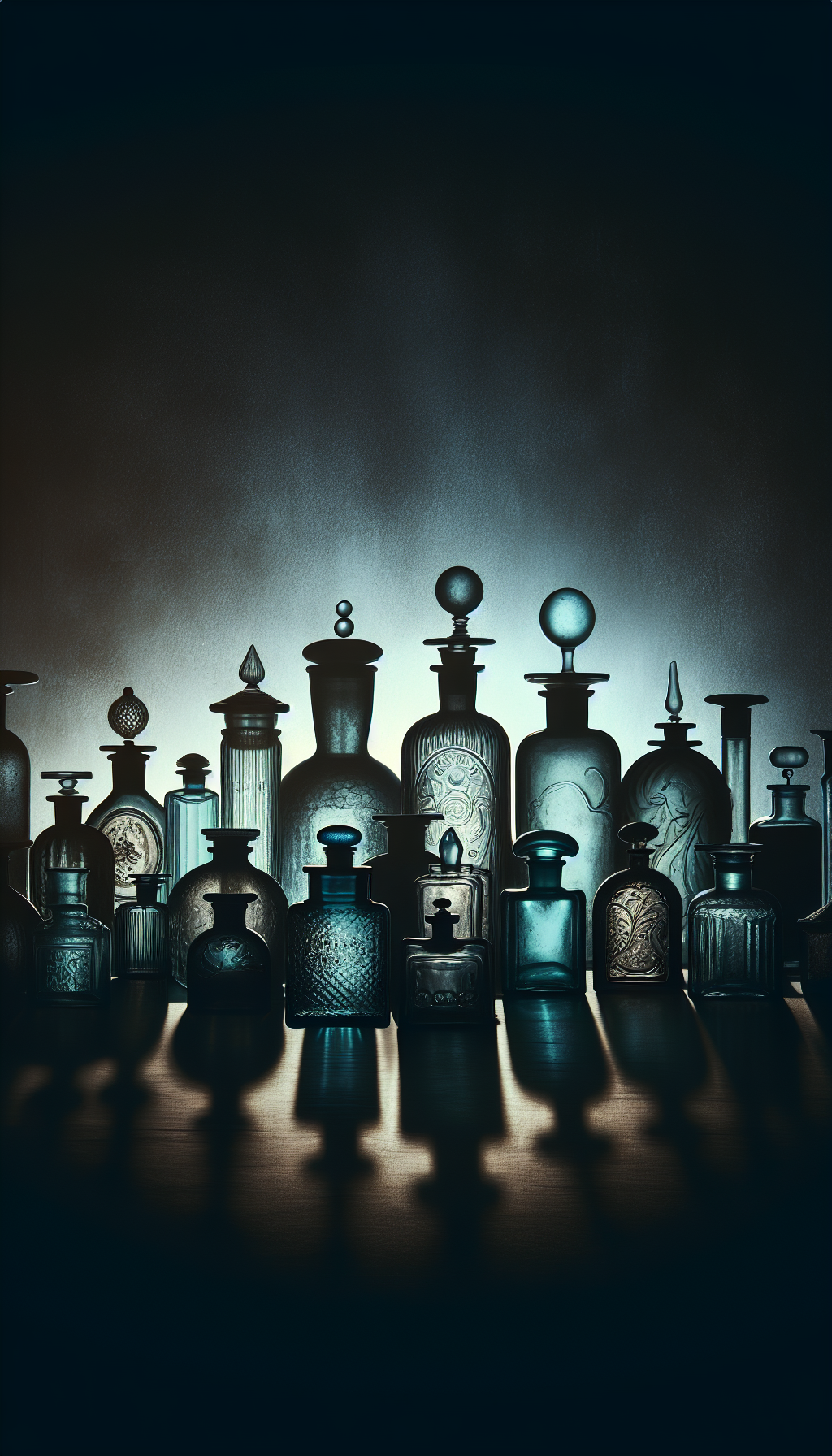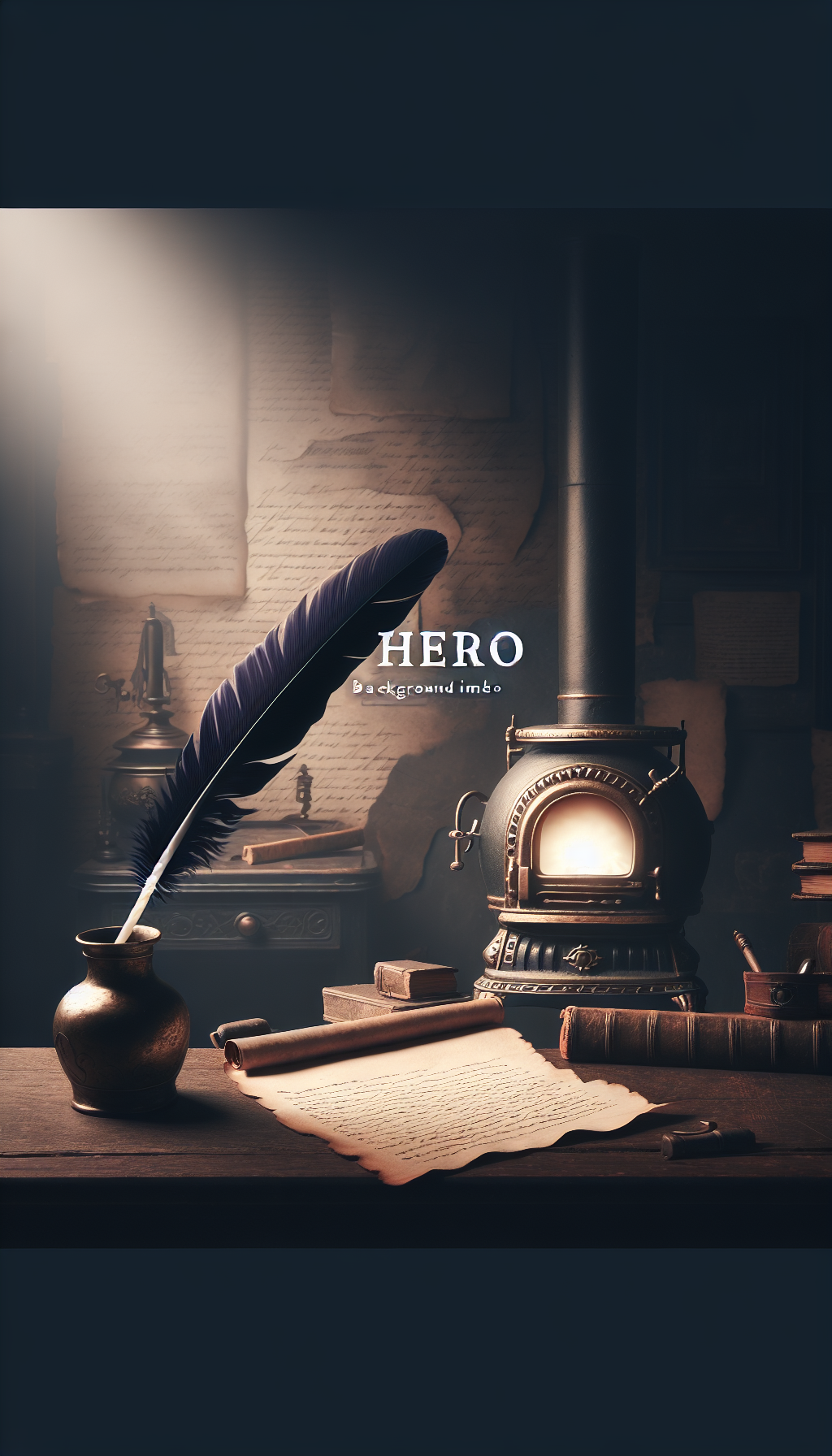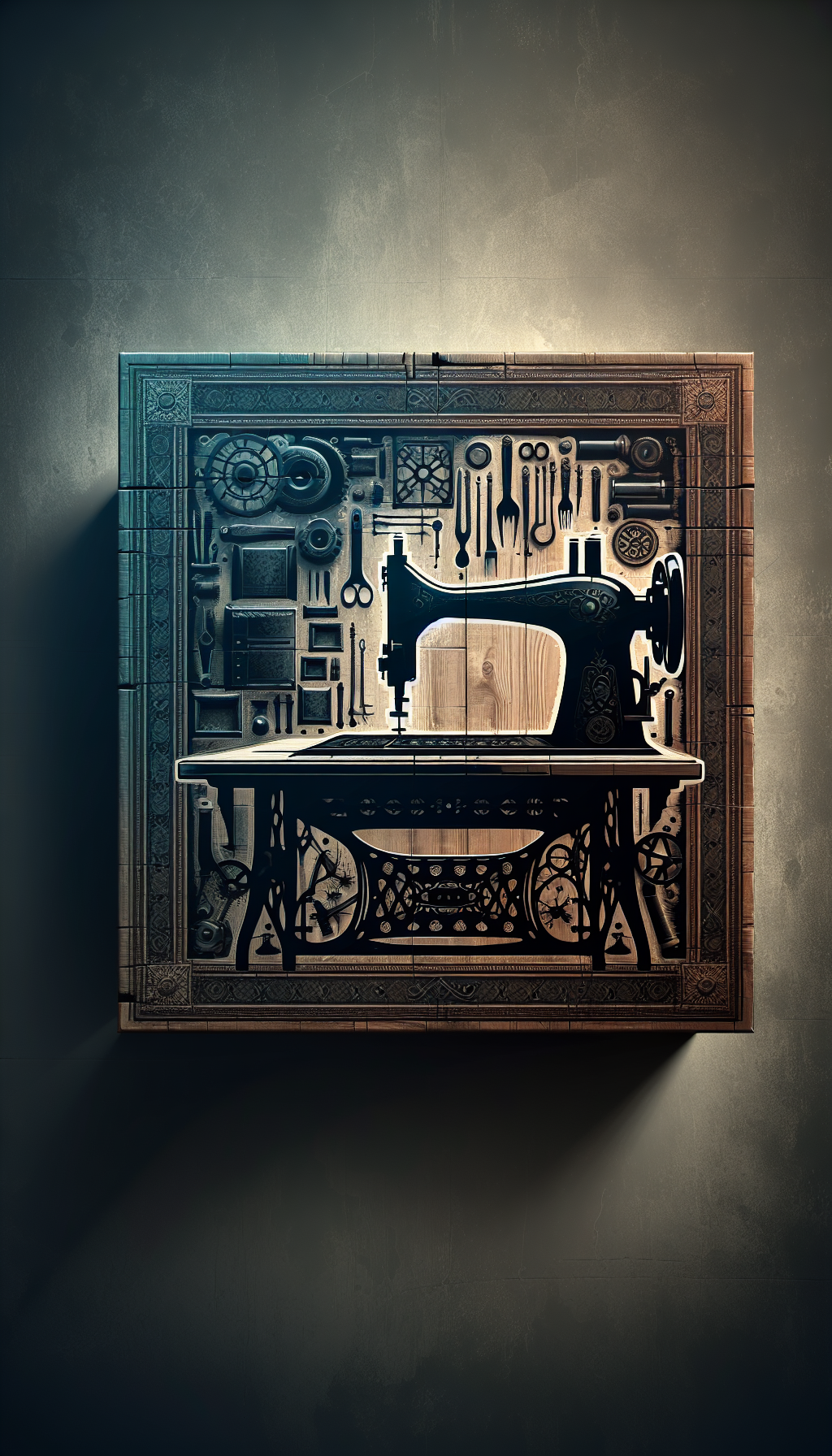Aardvark Canada Statue
Collectors and appraisers increasingly encounter whimsical animal subjects, and the aardvark—quirky, sculptural, and unmistakable—has become a conversation piece in Canadian homes and gardens. Whether yours is a studio bronze, a cast-stone garden figure, or a resin decorative piece, identifying what you have and understanding how value is formed will help you protect and appraise it with confidence.
Below is a structured guide tailored to aardvark statues encountered in the Canadian market, with practical methods for material identification, mark hunting, valuation factors, and care.
What Collectors Mean by “Aardvark Canada Statue”
“Aardvark Canada statue” typically describes one of the following:
- A bronze or mixed-metal sculpture created by a Canadian artist and cast at a Canadian foundry.
- A cast-stone or concrete garden statue retailed in Canada (sometimes locally cast).
- A resin or composite decorative piece designed or distributed in Canada.
- A ceramic or stoneware aardvark by a Canadian studio potter or artisan.
The subject itself is unusual in North American sculpture, which can work in your favor: collectors of wildlife art and those drawn to oddball fauna often compete for high-quality examples. Because aardvarks are not native to Canada, depictions tend to be stylistic or whimsical rather than strictly naturalistic, with modern and folk-art influences common.
Key takeaway: scarcity of the subject can add interest, but the biggest drivers of value remain materials, craftsmanship, artist reputation, and condition.
How to Identify Materials and Methods
Accurate material identification is the backbone of appraisal. Use non-invasive tests first.
Bronze (cast copper alloy)
- Weight/density: noticeably heavy for size and cool to the touch.
- Surface: varied patina (brown, black, green, or nuanced chemical patinas). Tooling marks from chasing may be visible upon close inspection.
- Sound: a clear ring when lightly tapped with a wooden dowel (do not strike hard).
- Seams: well-chased; edges feel crisp. Underside may show a casting sprue remnant.
- Magnet: not magnetic.
Cold-cast bronze (bonded bronze resin)
- Composition: resin mixed with bronze powder, molded.
- Weight: lighter than solid bronze (though heavier than plain resin).
- Surface: uniform metallic look; abrasion reveals grayish resin under a thin bronze-metal layer.
- Sound: dull thud rather than ring.
- Magnet: not magnetic.
Spelter/zinc alloy
- Lighter than bronze; chips reveal a silvery-white interior.
- Often painted or plated to mimic bronze; detail can be softer than bronze.
Cast iron
- Very heavy and magnetic; outdoor examples often have rust in unpainted losses.
- Sand-cast texture; seams may be more pronounced.
Concrete/cast stone
- Very heavy; granular, porous interior visible in chips.
- Often painted or stained. Air bubbles, aggregate flecks, and mold seams are common.
Resin/fiberglass
- Light relative to scale; can have painted or “bronze-effect” finishes.
- Seams often visible along mold lines; micro-scratches reveal uniform plastic.
Ceramic/stoneware/porcelain
- Surface: glazed or matte; refined foot ring or kiln stilt marks.
- Sound: clear ceramic clink when lightly tapped.
- Crazing or glaze pooling may be present.
Stone (soapstone/limestone/granite)
- Cold, dense, and non-hollow; tool marks and polish patterns are visible.
- Edges chip like stone; no mold seams.
Casting and forming clues
- Bronze: lost-wax casting is standard. Underside may be closed with a base plate or left open with core material traces.
- Concrete: rubber-mold cast with visible parting lines; large garden examples may have rebar or wire reinforcement.
- Ceramic: slip-cast with a pour hole; hand-built studio pieces show irregularities and finger tooling.
Safe tests
- Magnet test (iron only).
- Light tap test (listen, don’t strike).
- Loupe inspection of chips or underside to see interior material.
- Weigh and measure to compare against expectations for material and volume.
Avoid
- Scraping finishes or using solvents; you can damage patina and value.
Canadian Marks, Foundries, and Provenance Clues
Marks and paperwork can make or break value attribution.
Artist signatures and edition numbers
- Typical bronze edition format: e.g., 3/12, followed by an inscribed signature and year.
- Signatures may be incised in wax before casting (raised in relief) or chased afterward (incised).
- Unique studio ceramics often carry impressed or painted potter’s marks.
Foundry stamps and tags
- Canadian bronze foundries to watch for include:
- Artcast (Ontario) — variations of “ARTCAST” or a foundry stamp/label.
- Fonderie d’Art Inverness (Quebec) — “Inverness” or bilingual foundry marks.
- Placement: edge of base, underside, or discrete side panel. Some foundries use adhesive labels as well as stamps.
Retail and gallery labels
- Bilingual (English/French) gallery labels or retail tags can indicate a Canadian retail origin and timeframe.
- Paperwork: invoices, certificates of authenticity, or exhibition checklists provide strong provenance.
Garden statuary molds and makers
- Concrete figures may have cast-in names, initials, or mold codes under the base.
- Independent Canadian yards and makers sometimes stamp location and phone numbers; such marks can anchor a regional attribution.
Provenance best practices
- Keep any purchase receipts, restoration invoices, and shipping documents together.
- Photograph labels and stamps before they fade or are lost.
Value Drivers and Market Outlook
Aardvark statues don’t form a single “category price,” so weigh multiple variables:
Material and scale
- Bronze tabletop (20–45 cm): generally more desirable than resin, especially if limited edition and well-cast.
- Garden-scale concrete or iron: value driven by size, condition, and design quality; shipping/logistics influence liquidity.
- Resin: decorative value; standout examples by recognized designers can perform better than generic imports.
Artist reputation
- Named Canadian artists with established auction records or institutional exhibitions command premiums.
- Unidentified but high-quality studio work can still achieve solid prices, especially with foundry marks.
Edition size and casting quality
- Smaller editions (e.g., 12 or 25) are preferable to large open editions.
- Crisp chasing, complex patinas, and a reputable foundry increase appeal.
Subject treatment
- Whimsical yet anatomically convincing aardvarks often outperform caricatured forms unless the artist’s style is sought-after.
- Cross-collecting by wildlife, modern design, or folk-art buyers can broaden demand.
Condition and integrity
- Original patina or finish ranks higher than overpainting.
- Stable, well-documented professional restoration can be acceptable; amateur repairs depress value.
Provenance
- Gallery labels, artist-signed COAs, or exhibition history materially improve confidence and price.
Typical price bands (illustrative, not guarantees; local results vary)
- Resin decorative aardvarks, small to medium: modest retail to low hundreds.
- Concrete garden aardvarks, mid-size: low to mid hundreds; larger, well-modeled examples higher.
- Studio ceramics by recognized Canadian potters: low hundreds to low thousands depending on maker and scale.
- Small to medium bronze by lesser-known artists: low thousands; named artists or exceptional patina/edition can move higher.
Market outlook
- The niche-novelty factor can spark competitive bidding when quality is present.
- Seasonality matters: garden pieces see stronger demand in spring/summer; interior bronzes have steadier year-round interest.
- Supply is relatively thin for aardvark subjects, so standout examples can outpace comparable generic fauna.
Condition Risks, Care, and Storage
Canadian climate presents specific challenges, especially for outdoor pieces.
Bronze
- Risks: chloride corrosion (“bronze disease”) in marine or salted environments; patina wear from abrasion.
- Care: dust regularly; wax with a microcrystalline or museum-grade paste wax 1–2 times per year; avoid metal polishes that strip patina.
- Outdoor: gentle wash, thorough dry, then wax; never pressure wash. Re-wax after harsh winters.
Cast iron
- Risks: rust, paint failure at seams and feet, freeze-thaw expansion in hidden cavities.
- Care: maintain a sound paint film; treat early rust with appropriate converters, then prime and repaint.
Concrete/cast stone
- Risks: spalling and cracking from freeze-thaw cycles; efflorescence; paint peeling.
- Care: elevate off soil; ensure drainage; apply a breathable masonry water repellent (silane/siloxane). Bring indoors or under cover in winter when possible. Avoid non-breathable sealers that trap moisture.
Resin/fiberglass
- Risks: UV embrittlement, color fading, warping in heat, cracking in cold.
- Care: display out of direct sun when feasible; apply UV-protective clear coat as needed; store indoors over winter.
Ceramic/stoneware
- Risks: glaze crazing, impact chips, thermal shock.
- Care: stable indoor humidity; padded base; no outdoor overwintering.
Detecting prior restoration
- Look for color mismatches, over-smooth areas, filler lines, and inconsistencies under raking light.
- Under magnification, repaired cracks often show different surface sheen or micro-bubbling in fills.
Packing and transport
- Bronze: double-box with foam blocks supporting base; avoid pressure on extremities (ears, tail).
- Concrete/stone: crate and brace; protect protrusions; pad against vibration.
- Resin/ceramic: generous cushioning; keep away from heat sources.
Practical appraisal checklist
- Measure H × W × D and estimate weight.
- Identify material (magnet test, tap test, loupe).
- Photograph all sides, base, and detail areas.
- Record all marks: signatures, edition numbers, foundry stamps, labels.
- Map condition issues: chips, cracks, overpaint, corrosion, repairs.
- Gather provenance: receipts, COAs, correspondence, exhibition notes.
- Research the artist/foundry and compare similar works and subjects.
- Note edition size and casting quality (patina complexity, seam finishing).
- Consider display history (indoor/outdoor) and climate exposure.
- Decide on any needed conservation and obtain quotes before selling.
- Set a preliminary value band based on comparables and condition.
- Choose a selling venue suited to the piece’s material and scale.
FAQ
How can I quickly tell cold-cast bronze from solid bronze?
- Check weight and the sound test. Solid bronze feels denser and rings when gently tapped with wood; bonded bronze resin is lighter and dull-sounding. Inspect a discreet edge: resin typically shows a uniform gray or tan substrate beneath the metallic finish, while real bronze remains metallic in chips and filings. Do not scrape deliberately—use existing micro-losses or the underside.
Are aardvark statues actually made in Canada, or mostly imported?
- Both exist. Canadian artists and foundries produce bronze aardvarks in limited editions, and regional makers cast concrete garden figures. Decorative resin versions are widely imported and retailed in Canada. Marks, labels, and provenance will usually clarify origin.
Should I repaint a weathered concrete garden aardvark?
- Only if the goal is decorative refresh, not collectible value. Original finishes typically carry more value, even with honest wear. If protection is needed, prioritize a breathable water repellent over paint. If repainting, document the process and choose mineral or masonry-suitable coatings applied by a conservator when possible.
Is waxing a bronze outdoors better than lacquering?
- For most private owners, periodic microcrystalline wax is safer and more maintainable. Lacquers can fail unevenly outdoors and are difficult to repair without full removal. Museums commonly prefer a wax regimen tailored to the local environment.
What insurance value should I use without a formal appraisal?
- Assemble documentation (photos, measurements, materials, marks, provenance) and recent comparable sales for similar material, size, and artist status. Use the upper-midpoint of retail replacement cost in your region as a temporary figure, then seek a written appraisal for policy accuracy if the piece is significant.
By taking a methodical approach—identify material, document marks, evaluate condition, and understand market context—you can confidently appraise an aardvark statue found in the Canadian market, protect its value, and choose the right care and selling strategy.



